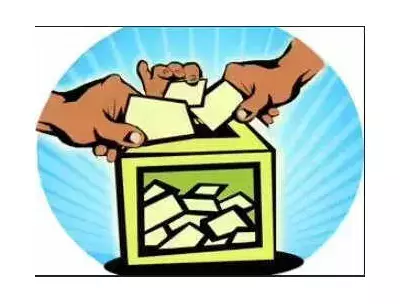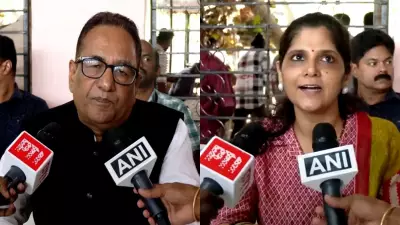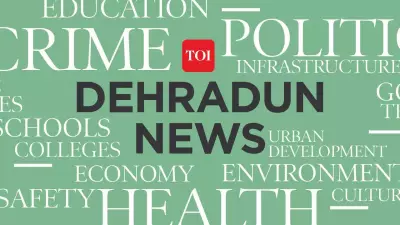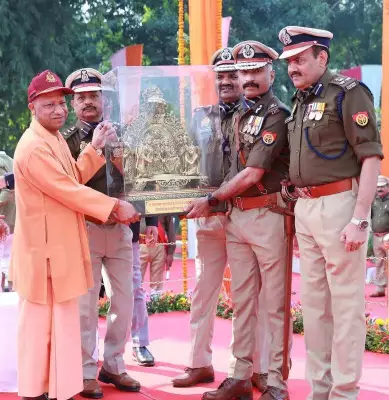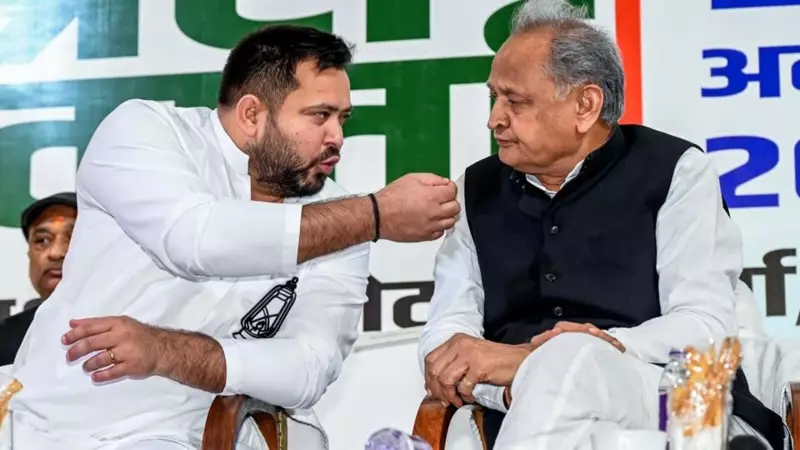
In a dramatic turn of events that reads like political theater, a simple Diwali greeting phone call became the catalyst for breaking the weeks-long impasse between Congress and Rashtriya Janata Dal (RJD) in Bihar. The diplomatic masterstroke came from an unexpected quarter—Rajasthan Chief Minister Ashok Gehlot.
The Festival Call That Changed Everything
As fireworks lit up the sky during Diwali celebrations, Ashok Gehlot picked up the phone and dialed Tejashwi Yadav's number. What began as seasonal greetings quickly transformed into a crucial political discussion that would determine the fate of the opposition alliance in Bihar.
The timing was impeccable. With tensions mounting and both parties digging in their heels over seat-sharing arrangements, the festival occasion provided the perfect pretext for reopening channels of communication that had seemingly broken down.
Breaking the Ice After Weeks of Stalemate
For weeks, the political landscape in Bihar had been frozen. Congress and RJD, traditional allies in the Mahagathbandhan (Grand Alliance), found themselves at loggerheads over seat distribution for the upcoming assembly elections. Negotiations had reached a standstill, with neither side willing to blink first.
The deadlock was particularly concerning for opposition parties hoping to present a united front against the ruling NDA. Without a resolution, their chances of mounting an effective challenge would be significantly diminished.
Gehlot's Strategic Intervention
Ashok Gehlot's intervention demonstrates the importance of backchannel diplomacy in Indian politics. As a senior Congress leader with experience navigating complex political waters, Gehlot understood the value of personal relationships in breaking bureaucratic logjams.
His approach was subtle yet effective—using the pretext of festival greetings to initiate a conversation that both parties needed but neither wanted to start formally. This allowed face-saving for both sides while creating an opening for substantive discussions.
The Road Ahead: Seat-Sharing Consensus
With the ice finally broken, both parties have now returned to the negotiating table. Sources indicate that seat-sharing talks have gained fresh momentum, with serious discussions underway about which constituencies each party will contest.
However, the resolution of one standoff has merely highlighted another significant challenge that remains unaddressed.
The Lingering Question: Who Will Be CM Face?
While the immediate obstacle of communication has been overcome, the alliance still faces the critical question of who will be their chief ministerial candidate. This issue represents a potential fault line that could yet destabilize the newly-revived partnership.
Tejashwi Yadav, as the leader of the single largest party in the alliance, naturally sees himself as the frontrunner. However, Congress may have other considerations, balancing state-level ambitions with national political calculations.
What This Means for Bihar's Political Future
The successful resolution of the communication standoff through Gehlot's diplomatic initiative suggests that both parties recognize the importance of unity in challenging the NDA's dominance in Bihar. However, the unresolved leadership question indicates that tough negotiations still lie ahead.
Political analysts suggest that the alliance might opt to delay announcing a chief ministerial face, instead focusing initially on seat-sharing and campaign coordination. This approach would allow them to present a united front while postponing what could be a divisive internal debate.
As Bihar moves closer to election season, all eyes will be on whether this festival-season diplomacy can translate into a cohesive political strategy capable of challenging the incumbent government.

